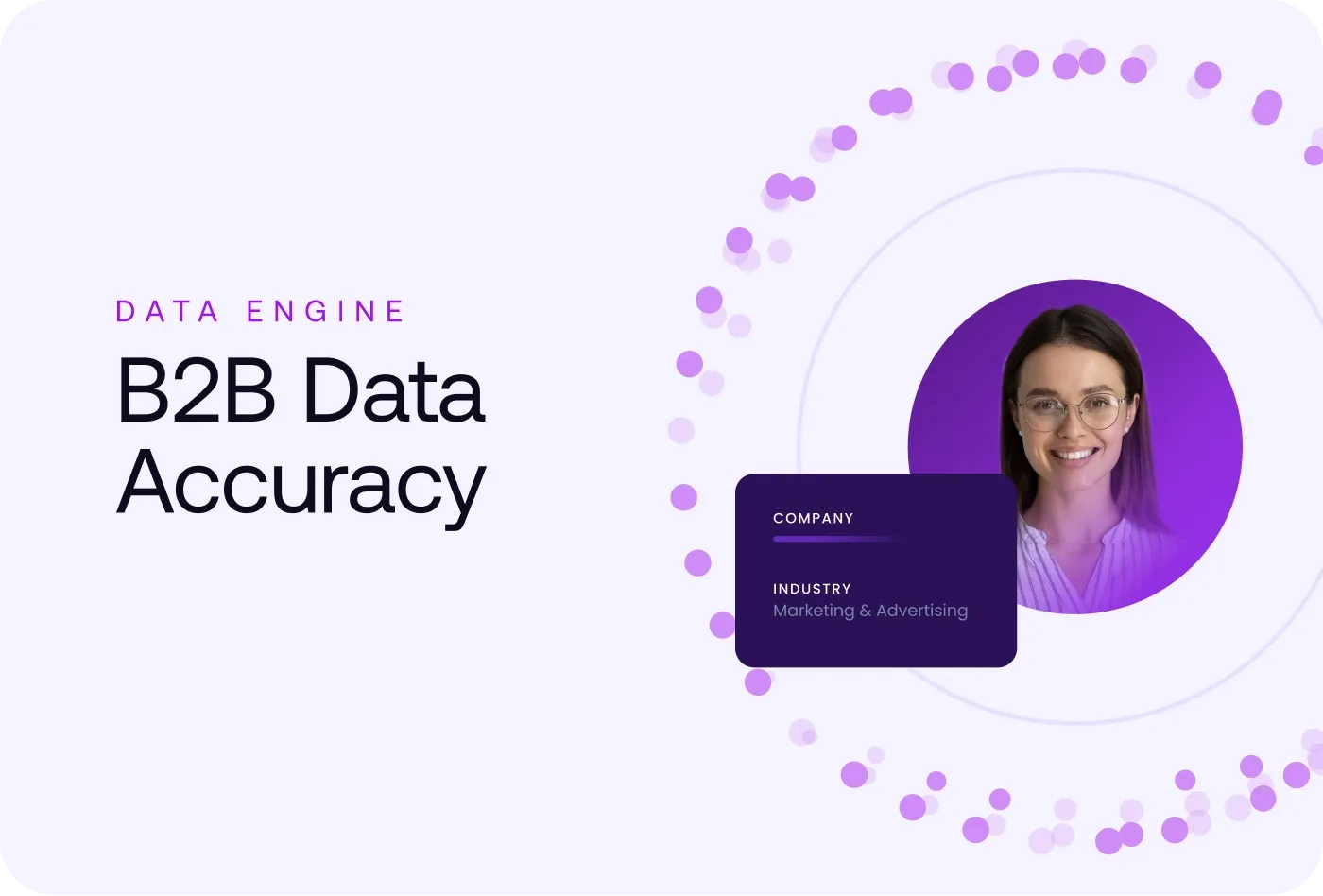Imagine spending weeks crafting the perfect marketing campaign, only to find that 10% of your contact list is no longer valid. This is the reality for many marketing teams, as job changes and delays in updating professional profiles wreak havoc on data accuracy. In the fast-paced world of B2B marketing, maintaining accurate contact data isn't just a luxury—it's a necessity. By understanding the dynamics of job changes and the typical delays in updating LinkedIn profiles, marketing teams can set realistic expectations and develop strategies to keep their data clean and actionable.
Job Change Frequency and Update Delays
People change jobs approximately every 2.73 years, translating to an average monthly job change rate of about 4%. However, not everyone updates their LinkedIn profiles immediately after changing jobs. Some do so right away, while others might delay by up to three months or more. This variance means a significant portion of contact data can quickly become outdated, impacting the quality of B2B databases.
Consider a marketing manager named Jane who relies heavily on her contact database for outreach campaigns. Each month, about 4% of her contacts change jobs. Of these, half update their LinkedIn profiles within the first month, while the rest may take up to three months to do so. Jane's challenge is clear: without regular updates, her contact list's accuracy diminishes rapidly.

Cumulative Effect on Data Quality
Let's break down the impact over three months. In the first month, 4% of contacts change jobs. Of these, 50% update their profiles immediately, leaving 2% without updates. In the second month, another 4% change jobs, with 50% updating right away. Additionally, 30% of the previous month's 2% (0.6%) update now, resulting in 3.4% without updates. By the third month, the cumulative effect is even more pronounced.
For Jane, this means that even with diligent efforts, the lag in updates leads to a growing portion of her contact data becoming stale. After three months, she has:
- 2% without updates from the first month,
- 3.4% from the second month,
- 4.38% from the third month.

Implications for Marketing Teams
For marketing teams, this cumulative effect underscores the need for frequent data refreshes. Relying on annual or even quarterly updates can lead to significant data decay. Instead, a proactive approach is essential:
- Frequent Data Refreshes: Regular updates are crucial. Automated systems can help validate and update contact information more efficiently.
- Multiple Data Sources: Combining open data, web scraping, and purchased data ensures a more comprehensive and current contact list.
- Understanding Industry Variances: Certain industries experience higher turnover rates, necessitating more frequent updates. Tailoring data management strategies to these variances can enhance accuracy.

Comparison of Observed vs. Calculated Data Quality Rates
At Graph8, our data shows that approximately 12% of contacts are no longer at their company, slightly higher than the calculated 9.78%. This discrepancy can be attributed to several factors:
- Employees Leaving Without Updating Profiles: Some individuals may never update their profiles.
- Internal Role Changes: Employees who change roles within the same company may not update their LinkedIn profiles.
- Higher Turnover Rates in Specific Industries: Certain industries naturally have higher turnover rates.
These factors highlight the importance of a robust data management strategy that accounts for these delays and inaccuracies.

Graph8's Approach to Data Accuracy
At Graph8, we understand these challenges and have developed a comprehensive approach to maintain data accuracy:
- Leveraging Open Data: We use open data from the web to supplement our databases.
- Web Scraping: Our advanced techniques capture the latest updates and changes in professional profiles.
- Purchasing Data: We buy high-quality data to ensure comprehensive coverage.
- Weekly Updates: Our commitment to weekly updates helps us maintain the most accurate contact information.
These methods allow us to provide the most up-to-date B2B data available, helping our clients maintain high-quality contact lists and execute effective marketing and sales campaigns. The 12% rate of contacts no longer being at their companies aligns with the expected cumulative effect of job changes and LinkedIn update delays. For marketing teams, this highlights the importance of continually updating and validating B2B data to maintain high-quality contact lists. At Graph8, our proactive approach ensures that we mitigate inevitable data decay and support our clients in achieving their marketing and sales goals. Understanding the dynamics of job changes and update delays can help marketing teams set realistic expectations and develop more effective data management strategies. By focusing on data accuracy and utilizing a variety of data sources and techniques, marketing teams can stay ahead of the curve and ensure their campaigns reach the right contacts at the right time.

